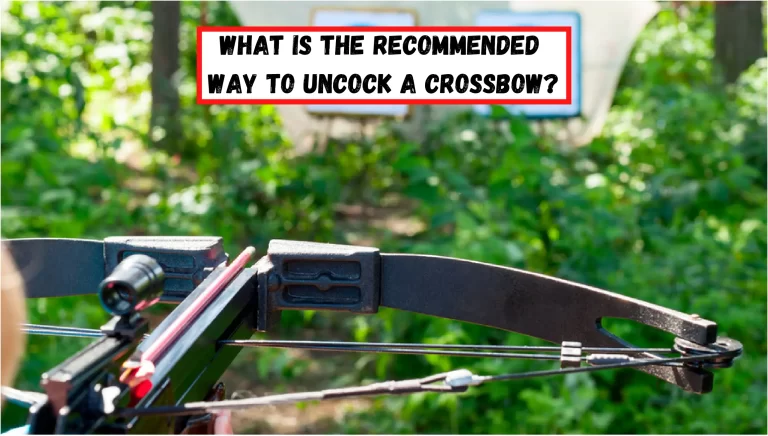How Fast Does An Arrow Travel From A Crossbow In Miles?
"As an Amazon Associate, I earn from qualifying purchases. This post contains affiliate links"
Are you a hunter or recreational shooter looking to upgrade your crossbow? Or perhaps you’re just curious about the power and speed of these pieces of equipment? Either way, you’re in the right place!
In this post, we’ll delve into the topic of crossbow arrow speed, exploring the various factors that can affect it and providing some average speed ranges to give you an idea of what to expect.
So how fast does an arrow travel from a crossbow in miles?
On average, crossbow arrows can travel at speeds ranging from around 204.5 to 272.7 miles per hour. This is about 300 to 400 feets per second. However, some high-end models may be capable of firing arrows at even faster speeds.
You Can Read How Many Feet Per Second Does A Crossbow Arrow Move? I barely Discussed it in my last Article.
That’s almost as fast as a car on a highway! Keep reading to learn more about the impressive speed and power of crossbow arrows.
How Fast Does An Arrow Travel From A Crossbow In Miles?
The speed at which an arrow travels from a crossbow is typically measured in feet per second (fps), rather than miles per hour. However, if you want to know how fast an arrow travels from a crossbow in miles, you can use a simple conversion formula to calculate the speed in miles per hour.
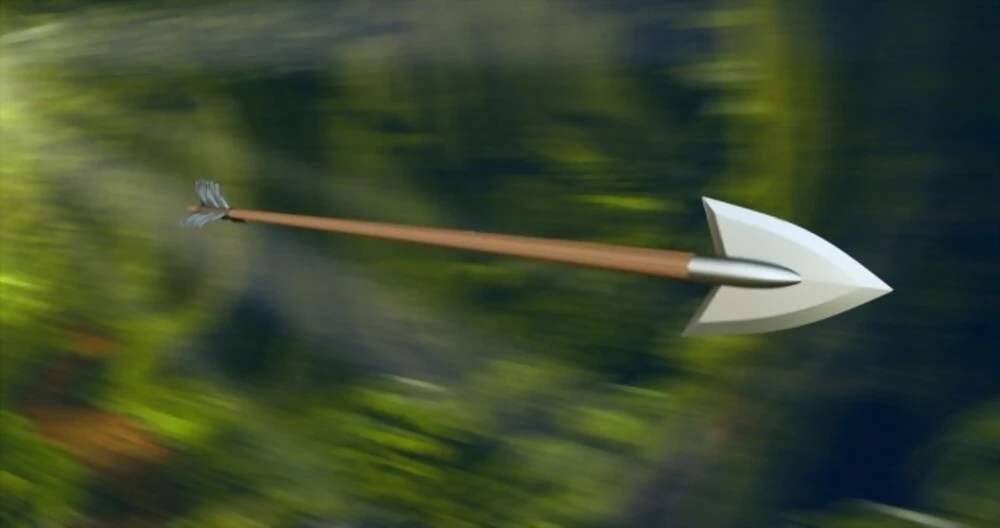
To convert the speed of a crossbow arrow from feet per second to miles per hour, you can use the following formula:
Miles per hour = (Feet per second x 0.681818)
For example, if an arrow travels at a speed of 350 feet per second, you can calculate its speed in miles per hour using the formula above:
Miles per hour = (350 fps x 0.681818)
This works out to be approximately 246 miles per hour.
It’s important to note that this is just an estimate and that the actual speed of a crossbow arrow in miles per hour may vary slightly depending on the specific factors that affect the speed of the arrow, such as the type and size of the crossbow, the weight and material of the arrow, and the type of string and limb system used.
Factors that Affect the Speed of a Crossbow Arrow
The speed of a crossbow arrow is determined by a variety of factors, including the type and size of the crossbow, the weight and material of the arrow, and the type of string and limb system used.
Type and size of crossbow:
Crossbows come in a range of sizes and types, and the size and type of the crossbow can significantly affect the speed of the arrow. Larger crossbows tend to be more powerful and can shoot arrows at higher speeds, while smaller crossbows may not be able to generate as much force.
Additionally, crossbows can be classified as either compound or recurve, and the type of crossbow can also affect the speed of the arrow.
In compound crossbows, pulleys and cables reduce the energy needed to pull the string back, allowing for faster arrow speeds, while recurve crossbows do not have this system.
Weight and material of arrow:
The weight and material of the arrow can also impact the speed of the shot. Heavier arrows may require more force to launch, resulting in lower speeds, while lighter arrows may be able to achieve higher speeds.
The material of the arrow can also affect its speed, with arrows made of lighter materials such as carbon fiber potentially traveling faster than those made of heavier materials like aluminum.
Type of string and limb system:
The type of string and limb system used on the crossbow can also impact the speed of the arrow. Crossbows with higher-quality strings and limbs may be able to generate more force and shoot arrows at higher speeds, while those with lower-quality components may not be able to achieve the same speeds.
By understanding the various factors that can affect the speed of a crossbow arrow, you can make informed decisions about the type of crossbow and arrows to use in order to achieve the performance that you desire.
Average Speeds of Crossbow Arrows
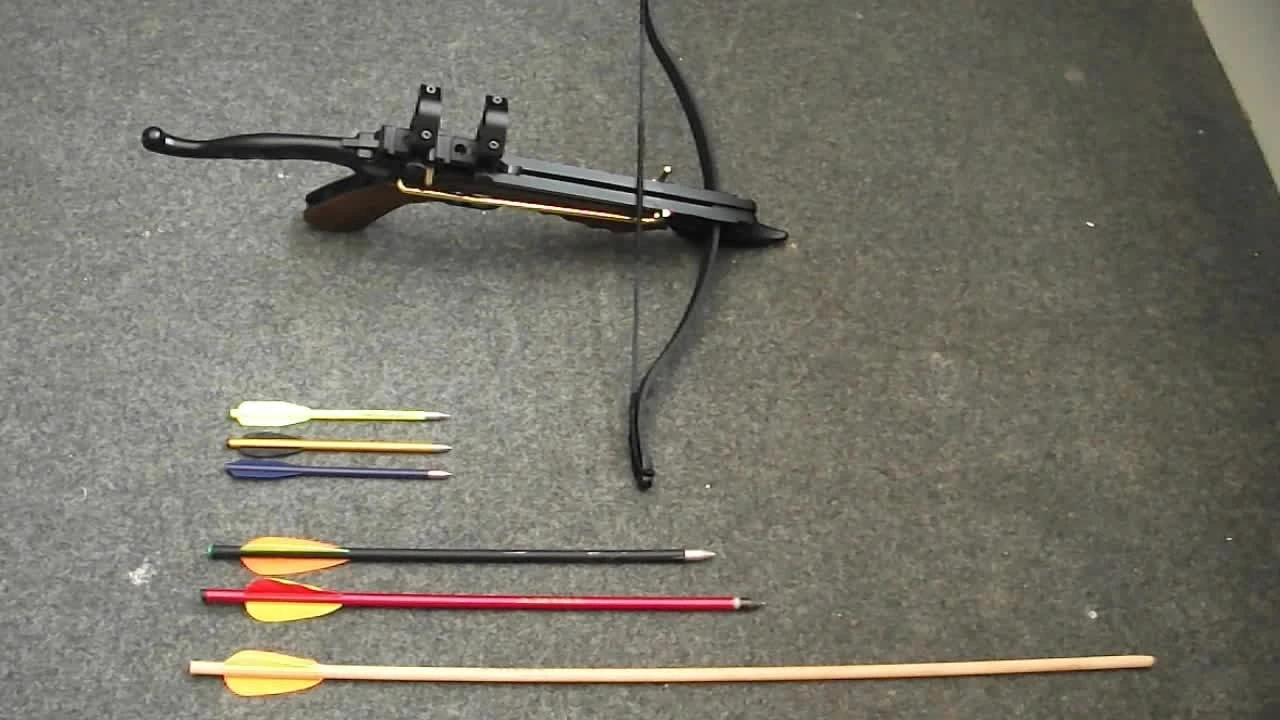
The speed of a crossbow arrow can vary significantly depending on the factors discussed in the previous section, including the type and size of the crossbow, the weight and material of the arrow, and the type of string and limb system used.
However, there are some average speed ranges that can give you an idea of what to expect from different types of crossbows and arrows.
Entry-level crossbows:
Entry-level crossbows may be capable of shooting arrows at speeds ranging from around 260 to 350 feet per second. These crossbows tend to be smaller and less powerful, and may not be able to achieve the same speeds as higher-end models.
Mid-range crossbows:
Mid-range crossbows may be able to shoot arrows at speeds ranging from around 300 to 400 feet per second. These crossbows tend to be larger and more powerful than entry-level models and may be able to generate more force to shoot arrows at higher speeds.
High-end crossbows:
High-end crossbows may be capable of shooting arrows at speeds of up to 450 feet per second or more. These crossbows tend to be larger and more powerful than mid-range models, and may use advanced features such as compound limb systems to achieve higher speeds.
It’s important to note that these speed ranges are just estimates, and the actual speed of your crossbow arrow may vary based on the specific factors discussed above.
Additionally, some manufacturers may claim higher speeds for their crossbows and arrows, but it is important to carefully consider the quality and reliability of these claims before making a purchase.
How to Measure the Speed of a Crossbow Arrow
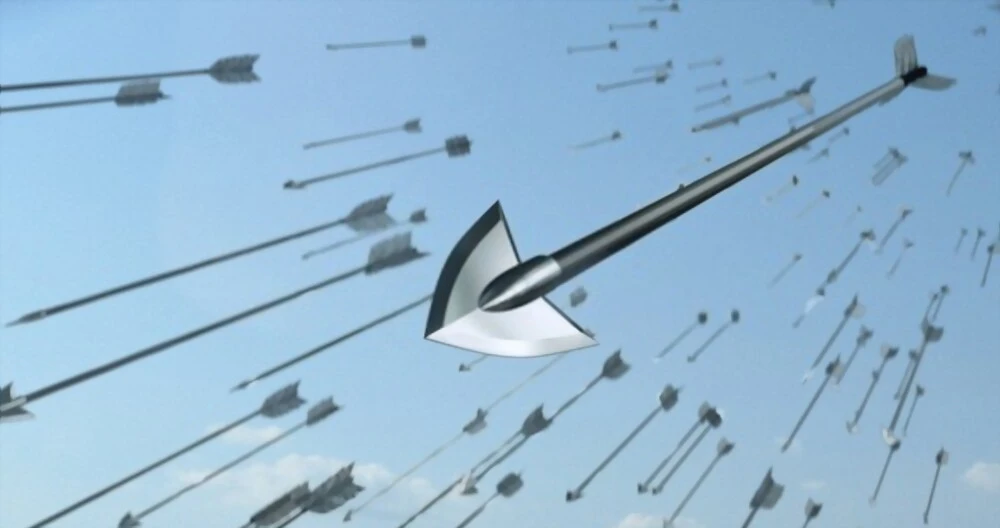
If you’re curious about the speed of your crossbow arrow, there are a few different methods you can use to measure it. Here are some options to consider:
Chronograph:
A chronograph is a device that uses sensors to measure the speed of an object as it passes through a specific point. To use a chronograph to measure the speed of a crossbow arrow, you would place the device a certain distance from the crossbow and shoot an arrow through it.
The chronograph will then display the speed of the arrow as it passed through the sensors. Chronographs are widely available and relatively affordable, making them a popular choice for measuring crossbow arrow speeds.
However, they can be affected by factors such as light conditions and may not be as accurate as other methods.
Doppler radar:
Doppler radar is a type of technology that uses radio waves to measure the speed of an object. To use doppler radar to measure the speed of a crossbow arrow, you would need a specialized device that is designed for this purpose.
These devices can be more expensive than chronographs, but they may be more accurate and less affected by external factors.
Other specialized devices:
There are a variety of other specialized devices that can be used to measure the speed of a crossbow arrow, such as string-mounted speed sensors and arrow-mounted speed sensors.
These devices can be more accurate than chronographs, but they may also be more expensive and more difficult to use.
When measuring the speed of a crossbow arrow, it’s important to consider the pros and cons of each method and choose the one that is most suitable for your needs.
Additionally, here are some tips for accurately measuring the speed of your crossbow arrows:
Use a consistent distance:
It’s important to measure the speed of your arrow from the same distance each time in order to get accurate results. The standard distance for measuring crossbow arrow speed is 20 yards (18 meters), but you can use any consistent distance that you prefer.
Consider the weather:
The temperature, humidity, and other weather conditions can all affect the speed of a crossbow arrow, so it’s important to consider these factors when measuring the speed of your arrow. If possible, try to measure the speed of your arrow under consistent weather conditions to get the most accurate results.
Use a stable shooting platform:
A stable shooting platform, such as a shooting bench or bipod, can help ensure that your shots are consistent and accurate. This can be especially important when measuring the speed of your crossbow arrow, as small variations in your shot placement can affect the speed measurement.
Last Minute Thoughts!
So how fast does an arrow travel from a crossbow in miles?
The speed of a crossbow arrow is determined by a variety of factors, including the type and size of the crossbow, the weight and material of the arrow, and the type of string and limb system used.
Average speeds for crossbows can range from around 260 to 450 feet per second, depending on the specific model and configuration. There are several methods that can be used to measure the speed of a crossbow arrow, including chronographs, doppler radar, and specialized devices, each with its own pros and cons.
It is important to understand the speed and power of a crossbow and its arrows in order to make informed decisions about the right equipment for your needs
Whether you are a hunter, recreational shooter, or just curious about crossbows, it is important to consider all of the factors that can affect the speed of a crossbow arrow and to carefully select the right equipment for your needs.
By understanding these factors and choosing the right equipment, you can maximize the performance and enjoyment of your crossbow.
Happy Shooting!
Related Articles:-
- What Are The Two Most Common Types of Crossbows?
- How Fast Does An Arrow Travel From A Crossbow In Miles?
- How Much Does An Olympic Archery Bow Cost
- When Did Archery Become An Olympic Sport
- What Is An Anchor Point In Archery?
- What is a Female Archer Called?
- How Long Does It Take To Become A Professional Archer?
- How Many Calories Does Archery Burn?
- How Much Does it Cost to Restring a Crossbow?

![How Should A Hunter Safely Unload A Crossbow? – [Simple Steps]](https://archerypick.com/wp-content/uploads/2022/12/2-How-Should-A-Hunter-Safely-Unload-A-Crossbow-768x448.webp)
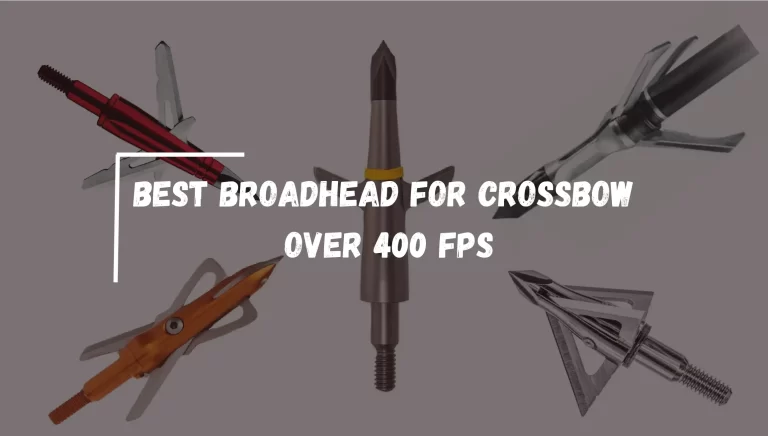
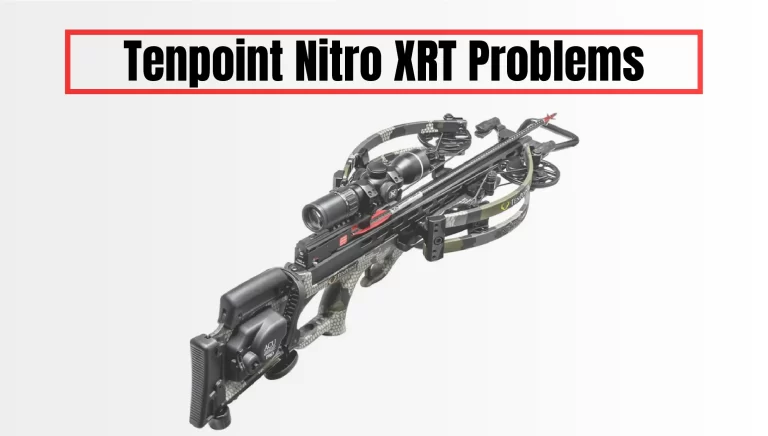
![How to Aim Crossbow Elden Ring? – [Helpful Guide]](https://archerypick.com/wp-content/uploads/2022/12/1-How-to-Aim-Crossbow-Elden-Ring-768x436.webp)
